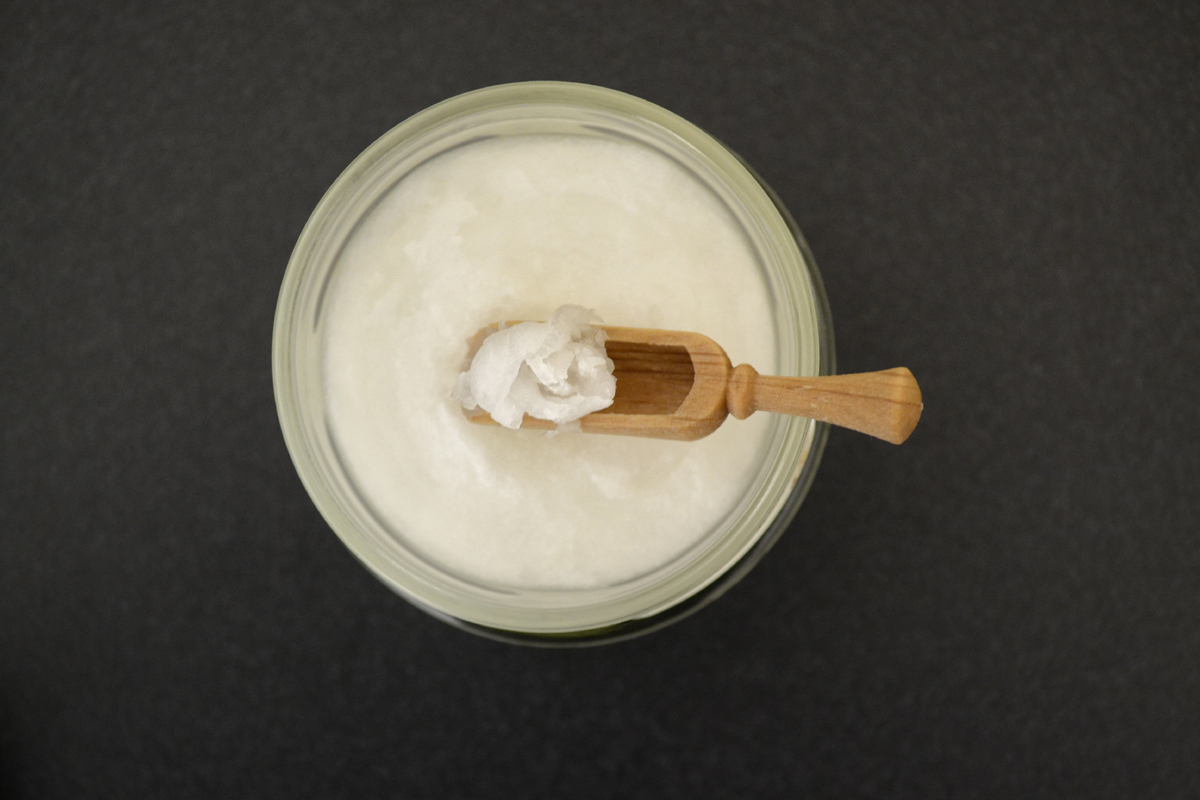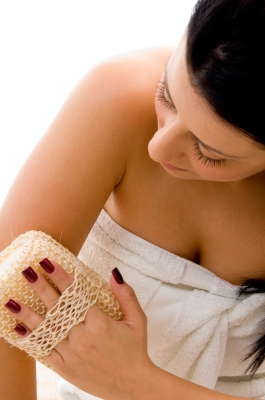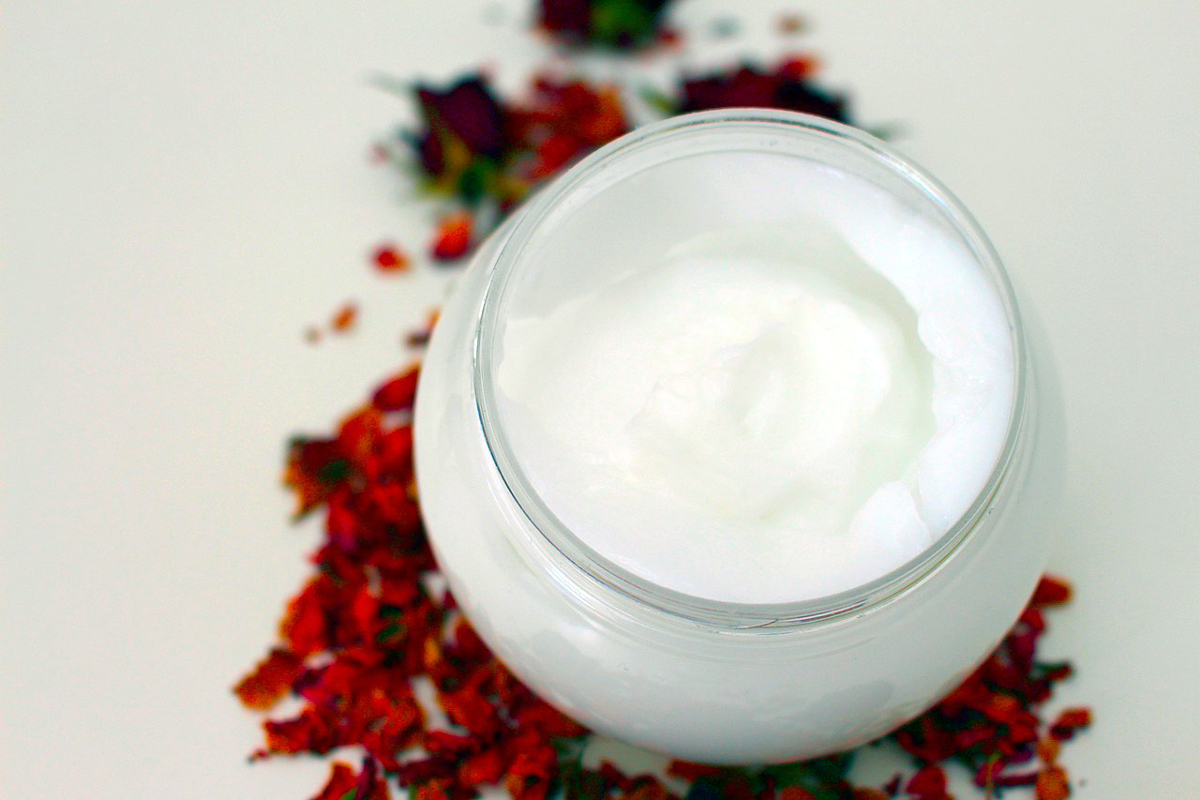Winter Skin Care

According to Ayurveda, all the activities of mind and body are governed by three psycho physiological energies known as Vata, Pitta and Kapha. When these three principles within us are in perfect balance, we enjoy good health. If one or more of these energies within us is aggravated or out of balance, disorders result.
Each of these principles is also associated with a season. Winter is the season when Vata rides higher than usual in most people’s physiologies. During these months, generally from mid-October to mid-February, the qualities associated with Vata—dry, rough, cool—tend to increase in the physiology. Increased Vata can thus result in dry flaky skin, chapped lips and dry, brittle hair. If you are already prone to these imbalances, winter will generally see an aggravation of the conditions.
Here are Some Ways to Keep Vata Dosha in Balance and Prevent Vata-Associated Skin Problems:
1. Avoid exposing skin to harsh winter elements such as freezing temperatures and drying cold winds. Dress warmly, in layers, and wear a hat, scarf and gloves when you go out in cold weather. Wear a natural lip balm to protect your lips. A light layer of ghee (clarified butter) can also work as natural lip protection.
2. Protect facial skin from both cold winds and drying air from heaters with a rich natural moisturizer. Apply the moisturizer at least twice a day, once after your cleansing routine in the morning and again before you go to bed. Always apply moisturizer on clean skin. Your hands can also benefit from the application of the moisturizer.
3. Three or four times a week, offer dry facial and body skin additional lipid support with a replenishing oil. Choose a nourishing base oil such as almond. Add six-eight drops of a Vata-pacifying pure essential oil such as lavender or neroli to two ounces of the base oil, and mix well. Apply to skin damp from the bath or shower to seal in hydration. Test first to make sure you are not sensitive to the essential oil you choose before you apply it on a regular basis.
4. The pre-bath warm oil self-massage, called abhyanga, is a must-do in winter. The massage not only keeps your skin silky smooth, it also tones the muscles, calms the nerves and aids circulation. Pat excess oil off with a paper towel before you step into the bath or shower. Use a nourishing oil such as almond or sesame oil for the massage.
5. The skin on your feet tends to dry and crack more in winter. Treat your feet to a relaxing soak at night, three times a week. A quick foot bath can be made in a large, wide-mouthed bowl with warm water, sea salts, Epsom salt and two or three drops of your favorite aroma oil. After the soak, rub in an herbal lotion, some shea butter or some almond oil on your feet. This ritual will not only keep your feet looking good, it will also help you ease into sleep.
6. Do not bathe or shower in very hot water. Warm water is much gentler on your skin. Do not bathe more than once a day if your skin is very dry.
7. Do not use harsh soaps to cleanse, as they will strip your skin of precious lipids. Use a non-soap cleanser or very mild soap to cleanse.
8. Give your skin lipid support from within by including soaked and blanched almonds, soaked walnuts, whole milk, fresh cheese, and ghee (clarified butter) in your diet. Drink a cup of warm milk laced with 1/4 teaspoon ghee at bedtime for a daily boost of lipid support.
9. Eat fruits and vegetables high in water content at every meal. Zucchini and other summer squashes, tender asparagus, tender greens, and carrots make excellent vegetable choices. Sweet juicy berries, cooked apples and sweet grapes are good fruit choices. Drink lots of warm water through the day.
10. The Amla fruit (Indian Gooseberry) is the richest known natural source of vitamin C. Herbs such as Amla provide concentrated nourishment to the deeper layers of the skin. Take Amla, also known as Amalaki, on a regular basis to replenish skin from within.
Remember that a holistic approach will yield the best results. Try and incorporate as many of the above suggestions as you can to keep Vata dosha in balance and your skin looking smooth, soft and beautiful through the dry winter months.
Note: This material is educational, and is not intended to diagnose, treat, cure or prevent any disease. If you have a medical concern, please consult your physician.
The Author:
Shreelata Suresh is a yoga instructor from the Bay Area. She writes on yoga and ayurveda.
Copyright AyurBalance, Inc. 2003
Photo. Brigitte-Werner








